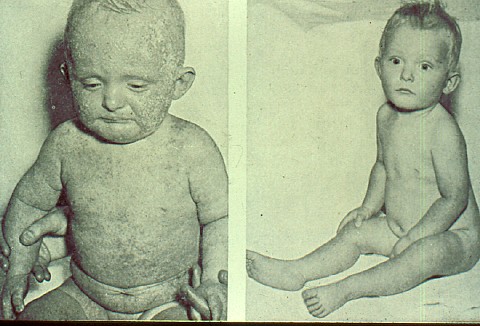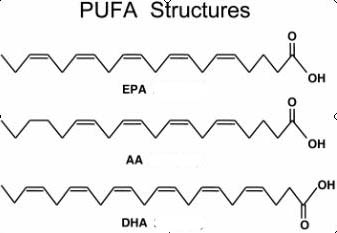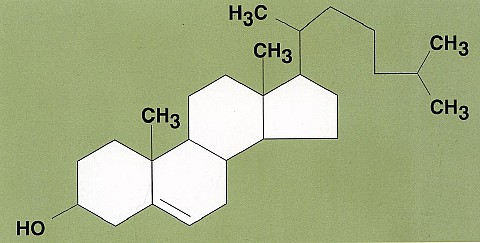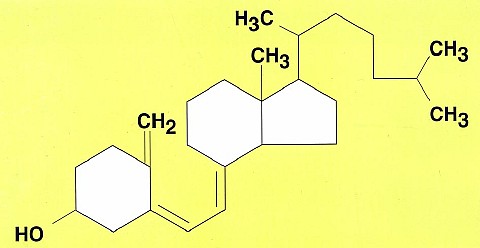|
A. Value of Fats in the
Body
(another section will look at the value of fats in the
diet
)
1.
FUNCTION of
triglycerides
and fatty acids in the human body
Similac Advance Baby formula: Nonfat milk, lactose, high-oleic safflower oil, soy oil, coconut oil, whey protein concentrate plus small amounts of C. and about 30 added vitamins and minerals
This formula has many different kinds of oil in an attempt to match the various types of fatty acids in human milk.
2.
FUNCTION of
cholesterol
in human body
You don't need cholesterol in the
diet
for these 3 functions cholesterol in the body because your body can synthesize the
cholesterol
it needs.
3.
FUNCTION of
phospholipids
in human body.
Phospholipids are part of the lipoproteins. They are EMULSIFIERS in cell membranes as well as in the blood What are the 3 places in the body where we've talked about emulsification taking place:
|





